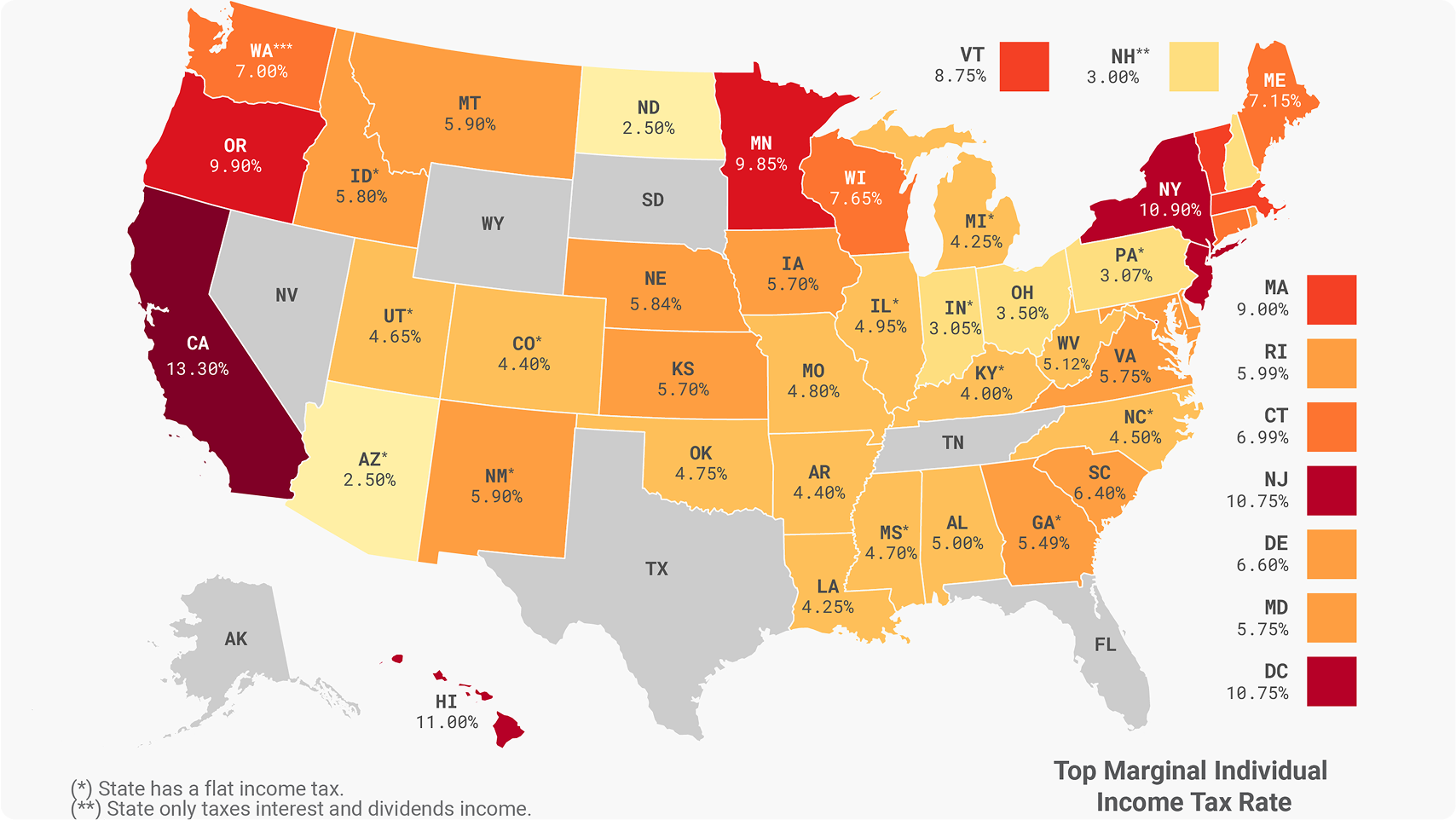As the expiration of the 2017 Tax Cuts and Jobs Act (TCJA) approaches, lawmakers are at odds over whether to extend its provisions. While proponents argue that the tax cuts have been a lifeline for the middle class, critics claim they have primarily benefited the wealthy, labeling them a “Reverse Robin Hood” scam. With key tax breaks set to expire in 2025, the debate has intensified as Congress weighs the economic and political ramifications of continuing or modifying the law.
Understanding the 2017 Tax Cuts and Jobs Act
The Tax Cuts and Jobs Act (TCJA) was a sweeping tax overhaul signed into law by former President Donald Trump. It aimed to boost economic growth by lowering tax rates, increasing deductions, and making the U.S. tax system more competitive for businesses. The law reduced tax brackets, with the highest rate dropping from 39.6% to 37%, significantly cut corporate tax rates from 35% to 21%, and doubled the standard deduction, increasing it to $12,000 for single filers and $24,000 for married couples. Additionally, the Child Tax Credit expanded from $1,000 to $2,000 per child, while a $10,000 cap was placed on state and local tax (SALT) deductions, disproportionately impacting high-tax states like New York and California.
The Argument for Extending the Tax Cuts
Supporters of the TCJA argue that allowing the tax cuts to expire would amount to a tax hike on millions of Americans. Without an extension, tax rates will return to pre-2017 levels, meaning families who have benefited from lower tax rates and increased deductions will see their tax bills rise. Additionally, they argue that keeping taxes low promotes economic stability, encourages consumer spending, and helps businesses reinvest in growth and job creation. Small businesses, in particular, have gained from the 20% deduction on pass-through income, which is set to expire unless Congress takes action.
The Congressional Budget Office (CBO) estimates that extending the tax cuts could cost the government around $3.5 trillion over a decade, but supporters believe the economic growth spurred by the cuts could help offset some of the lost revenue.
The Criticism – “Reverse Robin Hood” Scam?
Opponents of the tax cuts argue that they primarily benefited the wealthy and large corporations while doing little to support working-class Americans. The richest 1% of taxpayers received the largest share of the tax reductions, while middle-class savings were comparatively modest. The law has also contributed to the federal deficit, which now exceeds $34 trillion, raising concerns about long-term economic sustainability. Furthermore, while corporate tax cuts were made permanent, the individual tax cuts were only temporary, set to expire in 2025 unless renewed. Critics argue that this was a deliberate design to prioritize businesses over individuals.
Impact on the Middle Class – A Mixed Picture
The effect of the TCJA on middle-class families is complex and varies based on income level, deductions, and state of residence. If the tax cuts expire, the Child Tax Credit could revert to $1,000 per child, reducing benefits for families, and the standard deduction would shrink, meaning many taxpayers would owe significantly more. Homeowners in high-tax states would continue to struggle with the SALT deduction cap, which limits their ability to deduct state and local taxes from federal returns. However, some middle-class households that benefited from lower tax rates under the TCJA may experience a tax hike if the law is not extended.
What Happens if the Tax Cuts Expire?
If Congress does not act, tax rates will return to pre-2017 levels. The lowest bracket will increase from 10% to 12%, while the 22% bracket will rise to 25%, affecting many middle-income earners. The highest tax rate will return to 39.6%, impacting wealthy individuals the most. Businesses will also lose several key deductions and credits that have incentivized investment and job creation.
The Political Battle and Future Outlook
The debate over tax policy is shaping up to be a central issue in the 2024 election cycle. Republicans argue that extending the tax cuts is essential for economic growth and financial security for middle-class Americans. Democrats, on the other hand, seek to modify the law to ensure wealthier individuals contribute a larger share of taxes. Some possible compromise solutions include making certain middle-class tax cuts permanent while increasing taxes on the wealthy, adjusting the corporate tax rate to recover lost revenue, and expanding the Child Tax Credit to provide greater relief to families.

Conclusion
As the expiration date for the Tax Cuts and Jobs Act approaches, lawmakers must decide whether to extend, modify, or let the law lapse. For some, the TCJA represents an economic boost that has supported American families and businesses; for others, it is a tax break for the rich disguised as middle-class relief. The debate over tax policy will continue to shape America’s financial future, and taxpayers should stay informed about the decisions being made in Washington that could directly impact their bottom line.



























